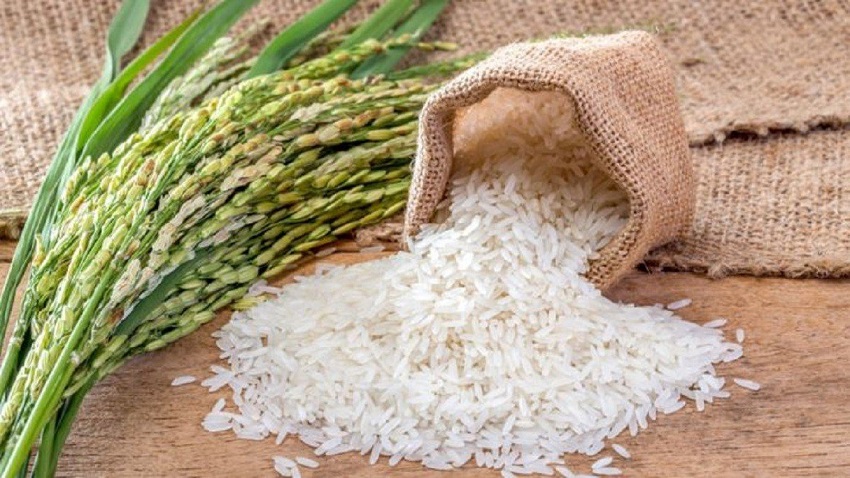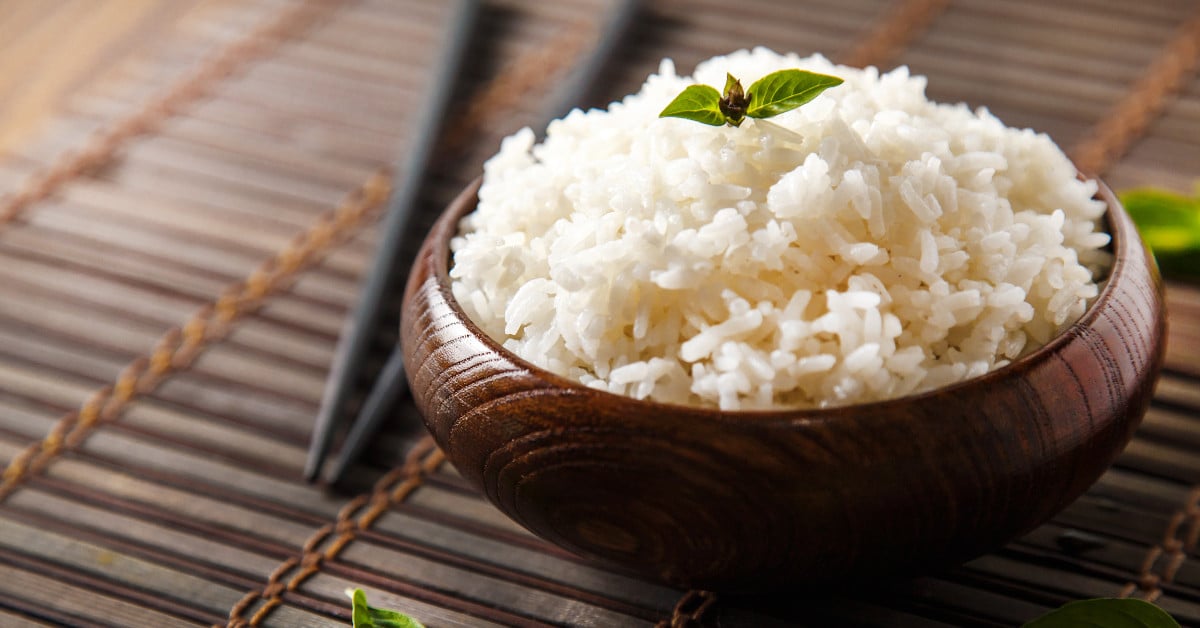
27 Aug Is Rice Low in Calories? Exploring the Nutritional Profile of a Staple Grain
Are you looking to make healthier choices when it comes to your diet? The question of whether rice is low in calories often arises, especially among those seeking to manage their weight and overall health. In this article, we’ll delve into the nutritional intricacies of rice, its calorie content, and how it can fit into your dietary goals. Let’s break down the details step by step. This article is presented by Samathi4life.com.
Understanding Rice: A Dietary Staple
Rice is a staple food that has been consumed for centuries across the globe. It serves as a primary carbohydrate source for many cultures and is versatile in its uses, from savory dishes to sweet treats. But when it comes to its calorie content, there are a few key factors to consider.
The Caloric Breakdown
Rice, in its uncooked state, consists mainly of carbohydrates. These complex carbohydrates are essential for diets low in calories, as they provide the body’s primary energy source. However, the caloric content of rice can vary based on factors such as the type of rice and the cooking method.
Different types of rice, such as white rice, brown rice, and wild rice, have varying levels of processing and nutrient content. Brown rice, for instance, is less processed and retains its outer bran layer, making it higher in fiber and nutrients compared to white rice. This also affects the caloric content.
White Rice: The Calorie Comparison
White rice is a more refined version of rice, where the bran and germ layers are removed. This process gives it a smoother texture but also reduces its fiber and nutrient content. As a result, white rice is slightly higher in calories per serving compared to brown rice.
On average, a cup of cooked white rice contains around 200 calories. The cooking process causes the rice to absorb water, increasing its volume and contributing to its calorie count. However, the caloric content is still moderate, making white rice a suitable option in controlled portions.
Integrating Rice into Your Diet
While rice does contain calories, it can be part of a balanced diet when consumed mindfully. Here are a few tips on how to incorporate rice without exceeding your caloric goals:
- Portion Control: Be mindful of your portion sizes. Opt for smaller servings to manage calorie intake effectively.
- Pairing with Protein: Combining rice with lean protein sources like chicken, fish, or legumes can enhance the overall nutritional value of your meal.
- Adding Vegetables: Mixing in a variety of colorful vegetables can increase the fiber and nutrient content of your rice-based dishes.
- Opt for Brown Rice: If you’re looking to keep the calorie count lower, consider choosing brown rice for its higher fiber content and additional nutrients.
In conclusion, rice is not inherently low in calories, but it can be enjoyed as part of a balanced diet. Whether you prefer the smoother texture of white rice or the nuttier flavor of brown rice, mindful consumption is key. By understanding portion sizes and making smart choices in terms of pairing and ingredients, you can savor the goodness of rice while aligning with your dietary goals.
FAQs
- Is brown rice lower in calories than white rice?
Brown rice is slightly lower in calories compared to white rice due to its higher fiber content.
- Can I eat rice on a weight loss diet?
Yes, you can. Just be mindful of portion sizes and incorporate rice into a well-rounded meal plan.
- Does rinsing rice reduce its calorie content?
Rinsing rice before cooking can remove some starch and slightly reduce its calorie content, but the difference is minimal.
- Are there rice alternatives with fewer calories?
Yes, options like cauliflower rice or quinoa have fewer calories and can be used as substitutes in certain dishes.
- Is rice a good source of nutrients besides carbohydrates?
While rice is primarily a carbohydrate source, brown rice specifically contains additional nutrients like fiber, vitamins, and minerals.



Sorry, the comment form is closed at this time.